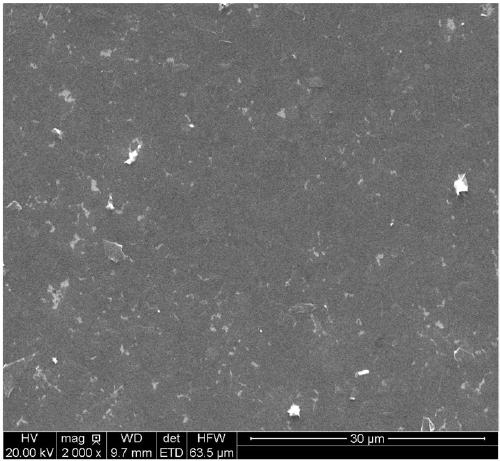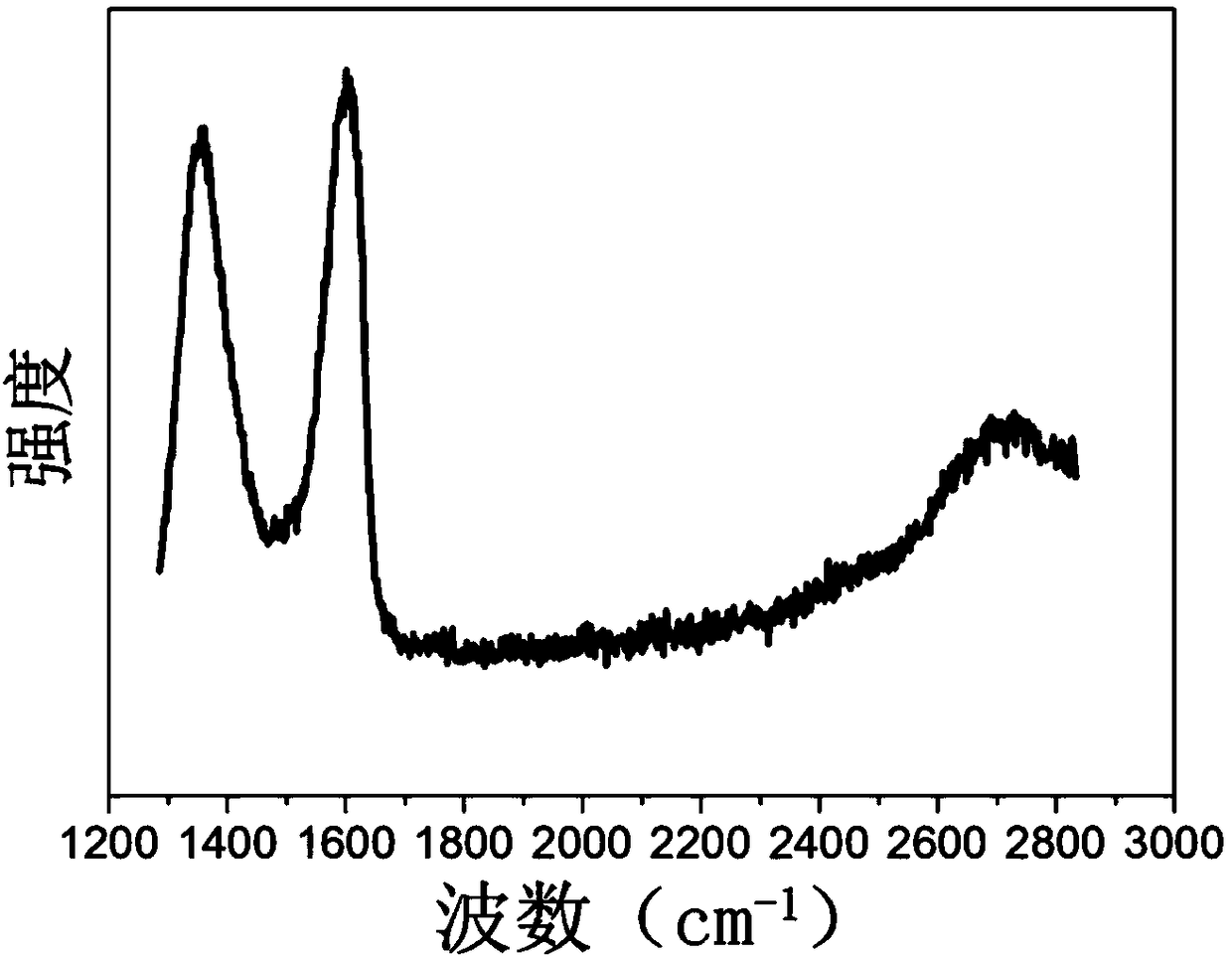Self-assembly graphene nanometer thin film and preparing method and application thereof
A nano-film and graphene technology, applied in the field of materials, can solve the problems of polluting the environment, complex processes and equipment, and difficulty in preparing nano-scale graphene films.
- Summary
- Abstract
- Description
- Claims
- Application Information
AI Technical Summary
Problems solved by technology
Method used
Image
Examples
preparation example Construction
[0048] More specifically, the invention provides a kind of preparation method of self-assembled graphene nano film, comprises the steps:
[0049] 1) providing a first dispersion liquid, a second solvent and a substrate, wherein the first dispersion liquid comprises a first solvent and a graphene-like material dispersed in the first solvent;
[0050] 2) adding the first dispersion liquid dropwise to the second solvent at a first rate, and obtaining a thin layer of the graphene-based material at the liquid level of the resulting mixed liquid based on the Marangoni effect;
[0051] 3) transferring the thin layer of the graphene-based material obtained in step 2) onto the substrate, and drying the resulting product to obtain a self-assembled graphene nanofilm.
[0052] In the present invention, the mixing volume ratio of the first dispersion liquid and the second solvent is 1:200˜1:5.
[0053]It should be understood that, in the present invention, the ratio of the surface tension...
Embodiment 1
[0072] Embodiment 1 Graphene nano film 1
[0073] The electrochemically exfoliated graphene was mixed with ethanol to prepare a dispersion with a concentration of 0.5 mg / mL, and placed in an ultrasonic machine for 60 min. Take 20mL of the ultrasonically dispersed dispersion, slowly drop it into 200mL of water, and self-assemble on the water surface to form a uniform thin layer. The formed thin layer was transferred to a quartz substrate, and dried at 60° C. for 60 minutes to remove residual water and dispersant to obtain a self-assembled graphene nanofilm 1 .
[0074] figure 1 It is the scanning electron micrograph of embodiment 1 gained self-assembled graphene nano film 1.
[0075] From figure 1 It can be seen that graphene is spliced into a relatively dense nanoscale film through self-assembly, and the coverage rate exceeds 99%.
[0076] figure 2 It is the Raman graph of the self-assembled graphene nanofilm 1 obtained in embodiment 1.
[0077] From figure 2 It can...
Embodiment 2
[0081] Embodiment 2 graphene nano film 2
[0082] The electrochemically exfoliated graphene was mixed with methanol to form a dispersion with a concentration of 1 mg / mL, and placed in an ultrasonic machine for 60 min. Take 10mL of the ultrasonically dispersed dispersion and slowly add it dropwise (for example, at a rate of 20mL / min) into 200mL of water, and self-assemble on the water surface to form a uniform thin layer. The formed thin layer was transferred to a glass substrate, and dried at 60° C. for 60 minutes to remove residual water and dispersant to obtain a self-assembled graphene nanofilm 2 .
[0083] The performance of the graphene nano-film 2 obtained in embodiment 2 is similar to that of the graphene nano-film 1 obtained in embodiment 1.
PUM
| Property | Measurement | Unit |
|---|---|---|
| concentration | aaaaa | aaaaa |
| thickness | aaaaa | aaaaa |
| thickness | aaaaa | aaaaa |
Abstract
Description
Claims
Application Information
 Login to View More
Login to View More - R&D
- Intellectual Property
- Life Sciences
- Materials
- Tech Scout
- Unparalleled Data Quality
- Higher Quality Content
- 60% Fewer Hallucinations
Browse by: Latest US Patents, China's latest patents, Technical Efficacy Thesaurus, Application Domain, Technology Topic, Popular Technical Reports.
© 2025 PatSnap. All rights reserved.Legal|Privacy policy|Modern Slavery Act Transparency Statement|Sitemap|About US| Contact US: help@patsnap.com



